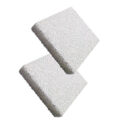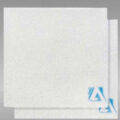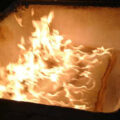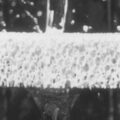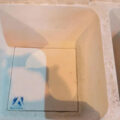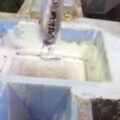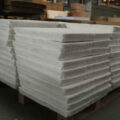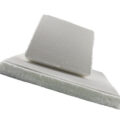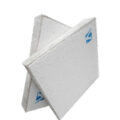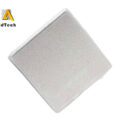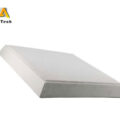Molten Al Filter offers a simple, reliable and costeffective method to remove inclusions. Molten Al Filtration efficiency is related to alumina ceramic foam filter cell size. By carefully controlling cell size within the filter, a more consistent filtration performance can be achieved. Typically, removal efficiency increases as filter cell size and the metal velocity in the filter decrease.
We offer the ceramic foam filter size range of porosities from PPI 10 up to PPI 60 (PPI = pores per inch). Custom-made cut-to-size filters are also possible.
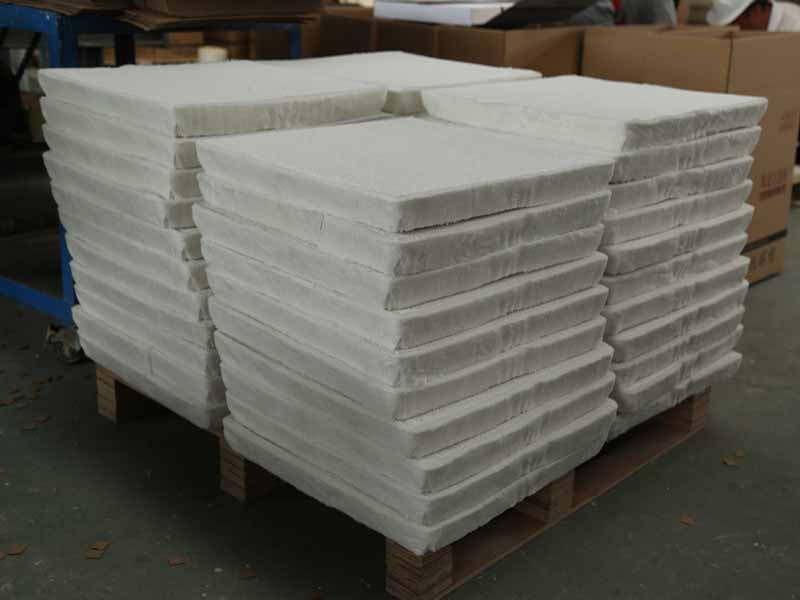
Aluminum scrap usually contains high concentrations of various impurities. Therefore, molten aluminum or alloys obtained by remelting such scrap aluminum are likely to contain various inclusions, including various non-metallic inclusions. The non-metallic inclusions are oxides originally contained in the aluminum scrap used as a molten raw material, oxides generated by reaction with impurities contained therein, and the like. Aluminium scrap with atmospheric oxygen during remelting. Compared with the use of aluminum ore, the problem of oxide inclusions is more serious when aluminum scrap is used as the raw material. Such oxide inclusions are alumina (Al2O3), spinel (MgAl2O4) and magnesia (MgO).
Therefore, when using scrap aluminum of such an aluminum alloy product as part or all of the aluminum raw material, it is necessary to remove at least inclusions from molten Al obtained by melting the aluminum raw material. Therefore, in addition to refining steps such as degassing molten Al using a flux, steps to remove inclusions from molten Al, such as a sterilization method, an active gas method, and molten Al filtration, are performed.
According to the killing method, the molten Al is left undisturbed. Since the specific gravity of the inclusions is different from that of the molten aluminum, this quiescent state can cause the inclusions in the molten aluminum to float or settle them to the bottom of the molten aluminum. Therefore, the separation of the inclusions from the molten Al can be achieved. However, the separation efficiency is extremely poor. This is because 1) the difference in specific gravity between each inclusion and the molten Al is not satisfactorily large, and 2) the wettability between them is rather large. Therefore, even if the method is completed over a long period of time, there is a problem that a large amount of inclusions remain in the molten Al.
According to the active gas method, an inert gas or a halogen gas is introduced into molten Al to generate bubbles. The inclusions adhere to the bubbles and float together in the Al melt, so that the inclusions are separated from the Al melt. This method is particularly advantageous for the removal of gases such as hydrogen. However, the rising bubbles violently undulate the molten Al surface and thereby agitate the molten Al. This leads to another problem that the aluminum oxide film formed on the surface of the molten Al is likely to be mixed into the molten Al, which in turn leads to an increase in the amount of aluminum oxide inclusions.
According to the molten Al filtering method, molten Al is allowed to pass through a refractory filter to remove inclusions therefrom. Larger inclusion particles can be removed from molten aluminum. However, it is difficult to remove inclusion particles 100 μm or smaller that make up the majority of inclusions. In particular, it is difficult to remove tiny inclusion particles of about 10 to 25 μm, although such removal is unavoidable for obtaining high-quality aluminum alloys. To remove these fine inclusion particles, ceramic foam molten Al filter can meet this requirement.



